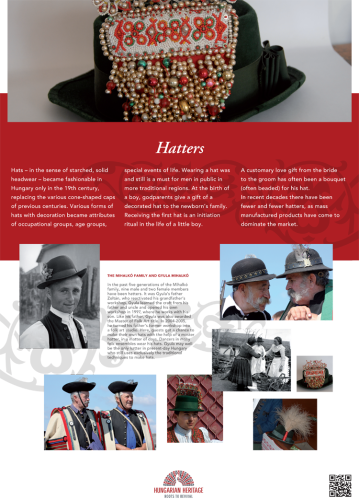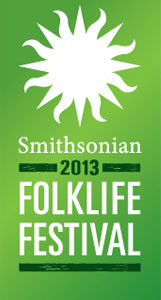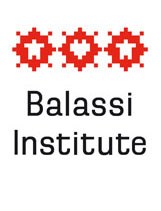 Hats – in the sense of starched, solid headwear – became fashionable in Hungary only in the 19th century, replacing the various cone-shaped caps of previous centuries. Various forms of hats with decoration became attributes of occupational groups, age groups, special events of life.
Hats – in the sense of starched, solid headwear – became fashionable in Hungary only in the 19th century, replacing the various cone-shaped caps of previous centuries. Various forms of hats with decoration became attributes of occupational groups, age groups, special events of life.
Wearing a hat was and still is a must for men in public in more traditional regions. At the birth of a boy, godparents give a gift of a decorated hat to the newborn’s family. Receiving the first hat is an initiation ritual in the life of a little boy. A customary love gift from the bride to the groom has often been a bouquet (often beaded) for his hat.
In recent decades there have been fewer and fewer hatters, as mass manufactured products have come to dominate the market.
The Mihalkó family and Gyula Mihalkó
In the past five generations of the Mihalkó family, nine male and two female members have been hatters. It was Gyula’s father Zoltán, who reactivated his grandfather’s workshop. Gyula learned the craft from his father and uncle and opened his own workshop in 1997, where he works with his son. Like his father, Gyula was also awarded the Master of Folk Art title. In 2004-2005, he turned his father’s former workshop into a folk art studio. Here, guests get a chance to make their own hats with the help of a master hatter, in a matter of days. Dancers in many folk ensembles wear his hats. Gyula may well be the only hatter in present-day Hungary who still uses exclusively the traditional techniques to make hats.
Related pages
Go to the next stop of the virtual tour »»»






